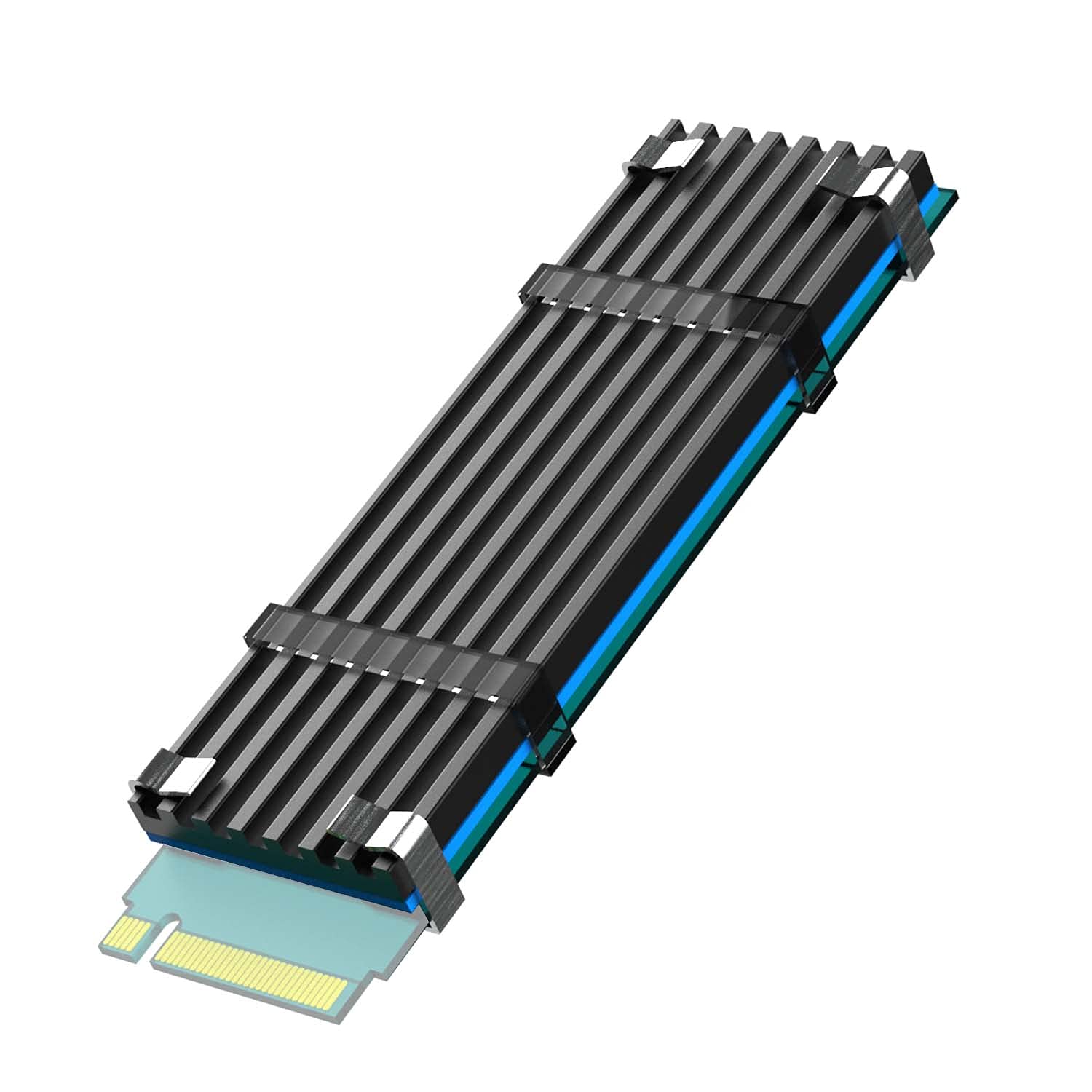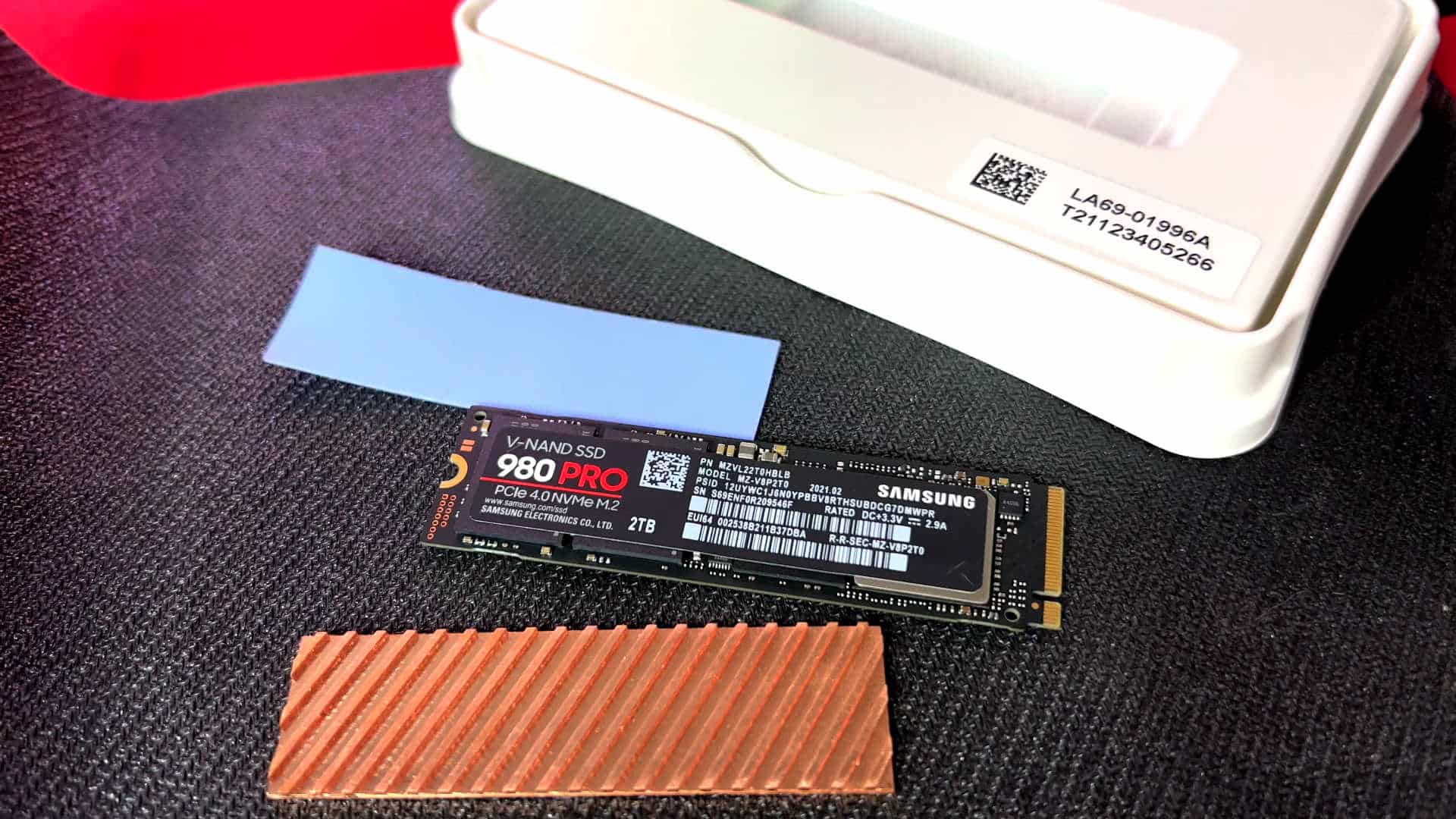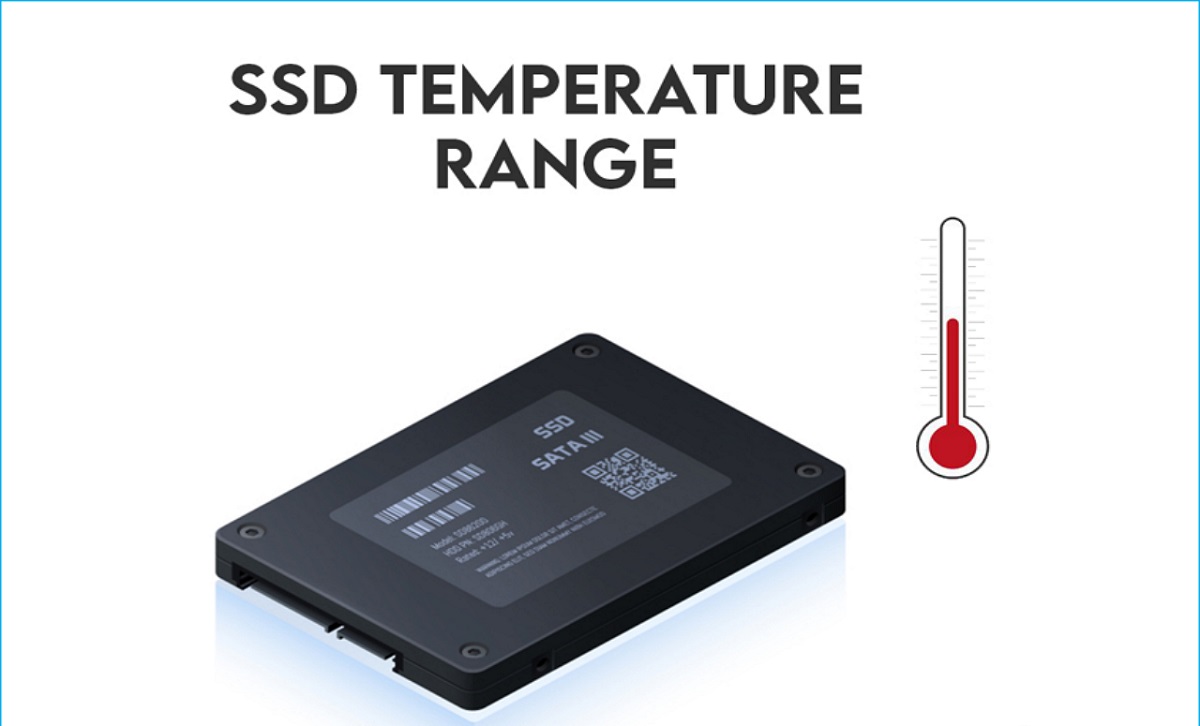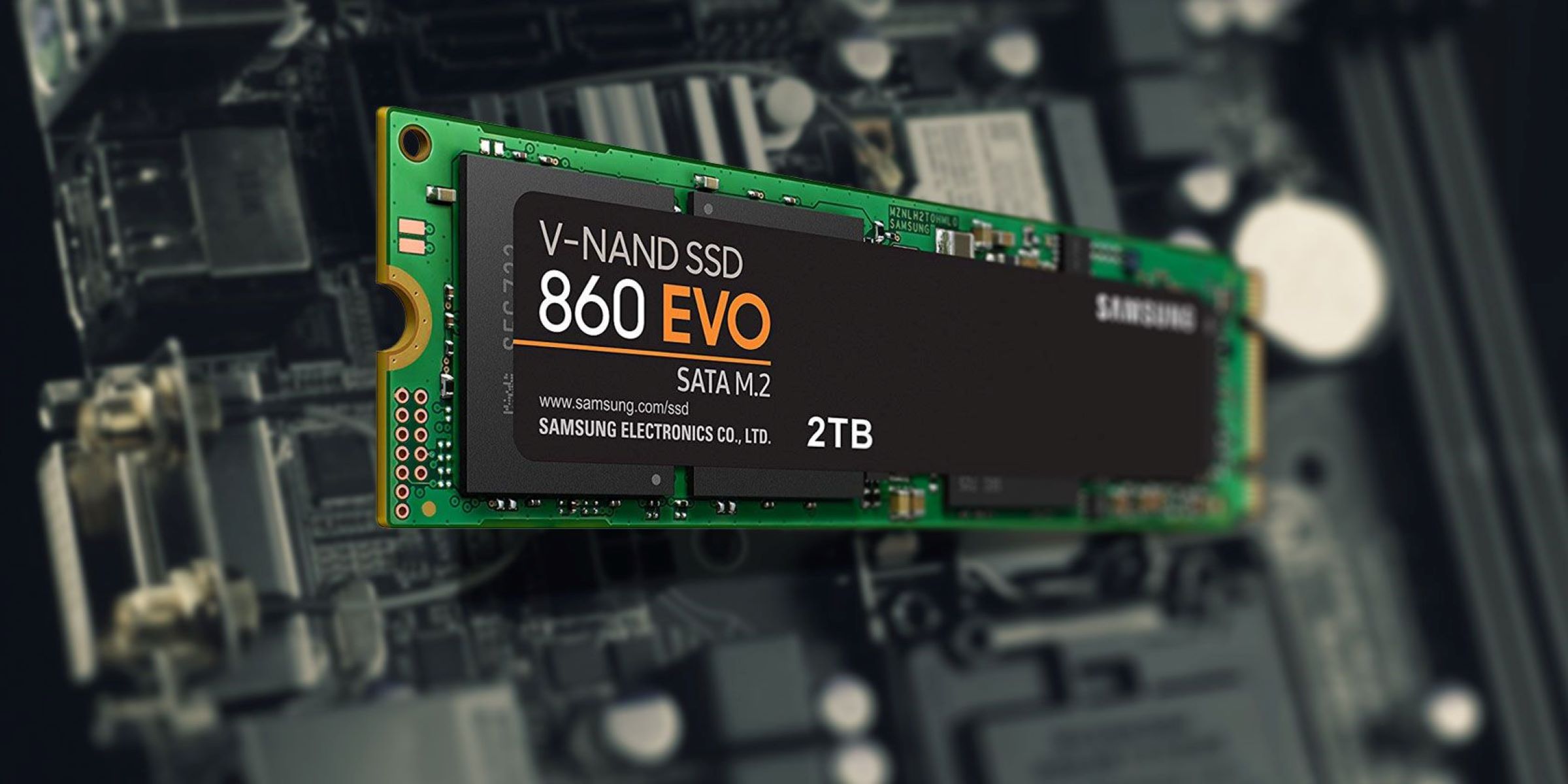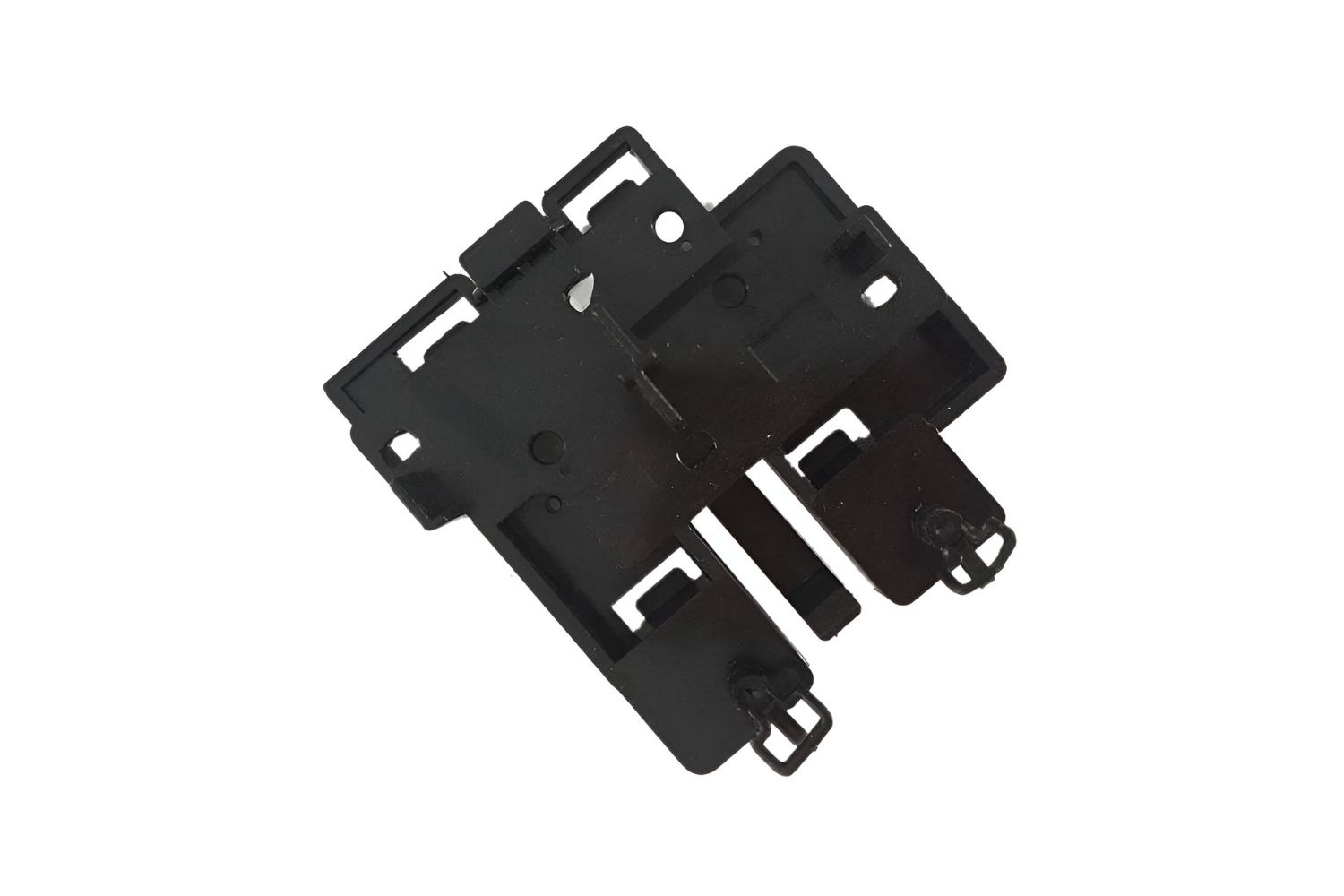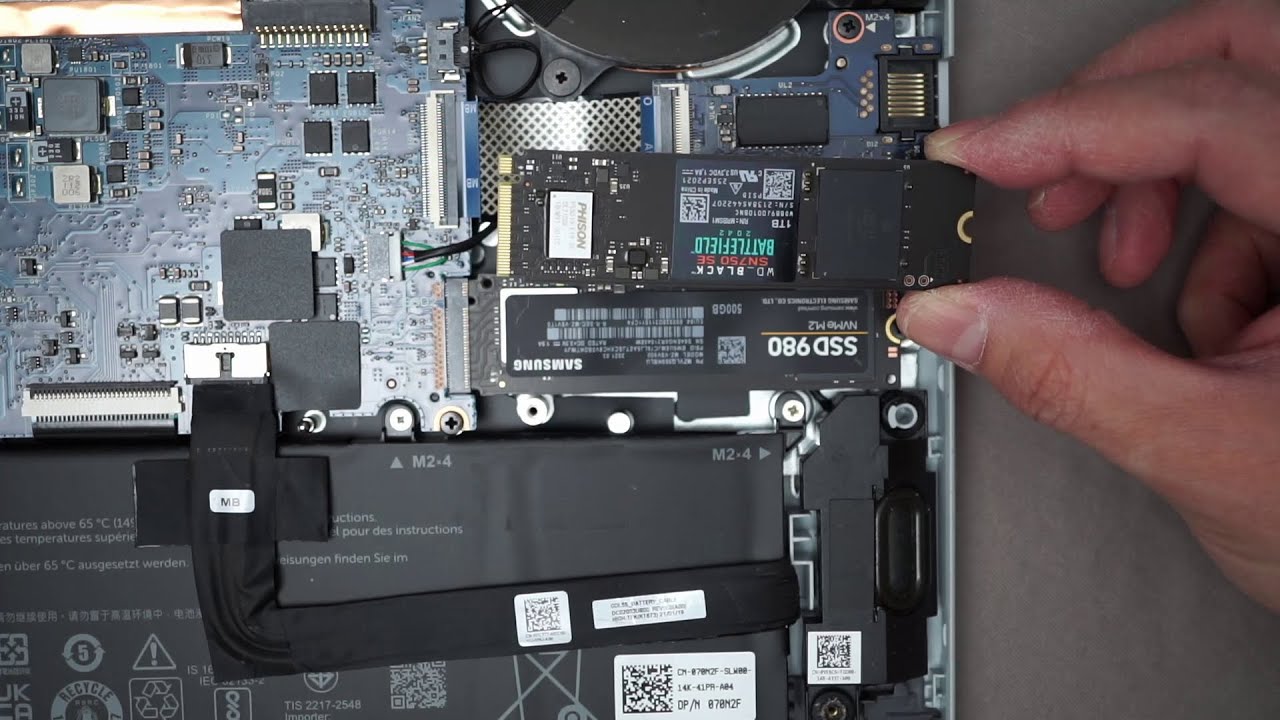Introduction
Welcome to our in-depth guide on SSD heatsinks. As technology continues to advance, solid-state drives (SSDs) have become increasingly popular due to their faster read and write speeds compared to traditional hard disk drives (HDDs). However, these high-performance drives generate a significant amount of heat that can affect their overall performance and lifespan.
An SSD heatsink is a cooling solution specifically designed to dissipate heat generated by your SSD. It helps maintain optimal operating temperatures, preventing thermal throttling, and prolonging the lifespan of your drive. In this article, we will explore the importance of an SSD heatsink, how it works, the benefits it offers, and tips for choosing and installing the right heatsink for your specific needs.
Whether you are a casual user or a gaming enthusiast, understanding the role of an SSD heatsink is crucial to ensure the longevity and efficient operation of your SSD. Investing in a quality heatsink can not only enhance your system’s overall performance but also protect your valuable data from potential damage caused by excessive heat.
So, let’s dive in and explore everything you need to know about SSD heatsinks and how they can benefit you!
What is an SSD heatsink?
An SSD heatsink is a specialized cooling component designed to dissipate heat generated by a solid-state drive (SSD). As SSDs continue to evolve and become faster and more powerful, they generate a significant amount of heat during operation. This heat can negatively impact the performance and lifespan of your SSD if not properly managed.
Typically, an SSD heatsink consists of a metal or aluminum block that attaches to the SSD using thermal pads or adhesive. The heatsink acts as a heat conductor, absorbing the excess heat emitted by the SSD and transferring it away from the drive. This helps to maintain the SSD’s temperature within optimal operating limits.
Furthermore, an SSD heatsink often features a finned or textured surface, increasing the surface area for improved heat dissipation. Some heatsinks also come equipped with cooling fans or heat pipes to further enhance heat transfer efficiency. These additional features are particularly useful for high-performance gaming or workstation setups that place heavy demands on the SSD.
It’s important to note that not all SSDs require a heatsink. Most modern SSDs are equipped with built-in thermal protection mechanisms, such as thermal throttling, which reduce performance to prevent overheating. However, if you regularly push your SSD to its limits with intense workloads, gaming, or content creation, an SSD heatsink can provide an extra layer of precaution to maintain optimal performance and reliability.
Overall, an SSD heatsink serves as a proactive cooling solution that helps regulate the temperature of your SSD, preventing it from reaching critical levels that can negatively impact its performance and lifespan. By installing an SSD heatsink, you can ensure that your drive operates efficiently, reducing the risk of data loss and maintaining a smooth computing experience.
Why is an SSD heatsink important?
An SSD heatsink plays a crucial role in maintaining the performance, reliability, and longevity of your solid-state drive. Here are some key reasons why an SSD heatsink is important:
- Temperature Regulation: SSDs generate heat during operation, and excessive heat can impact their performance and reliability. An SSD heatsink helps in effectively dissipating the heat and keeps the temperature within optimal limits, preventing thermal throttling and potential damage to the drive.
- Prevents Performance Degradation: Excessive heat can cause SSDs to throttle their read and write speeds to prevent overheating. This results in reduced performance and slower data transfer rates. Using an SSD heatsink ensures that your drive operates at its full potential with consistent performance.
- Enhanced Endurance: High temperatures can degrade the lifespan of SSDs and lead to data corruption. By maintaining lower temperatures, an SSD heatsink helps in extending the overall endurance and lifespan of the drive, allowing you to get the most out of your investment.
- Stable System Operation: Heat can not only impact the SSD but also affect other components in your system. When an SSD runs hot, it can contribute to an increase in overall system temperature, potentially impacting the stability and performance of other hardware. An SSD heatsink helps in maintaining a balanced temperature throughout your system.
- Optimal Gaming Performance: Gamers who rely on SSDs for fast loading times and smooth gameplay can benefit greatly from an SSD heatsink. By keeping the SSD cool, it ensures that your games load quickly and run smoothly, minimizing lag and maximizing your gaming experience.
Having an SSD heatsink installed not only provides these benefits but also adds an extra layer of protection and peace of mind. It allows you to push your SSD to its limits without worrying about overheating or performance degradation, ensuring that you get the most out of your storage device.
How does an SSD heatsink work?
An SSD heatsink works by utilizing its design and materials to efficiently dissipate the heat generated by a solid-state drive (SSD). Here’s a closer look at how an SSD heatsink operates:
- Heat Absorption: An SSD heatsink is typically made of metal or aluminum, which has excellent thermal conductivity. The heatsink attaches to the SSD using thermal pads or adhesive. As the SSD operates and generates heat, the heatsink absorbs the excess heat through direct contact with the drive.
- Heat Spreading: Once the heat is absorbed, the heatsink acts as a conduit to spread the heat across its surface area. The metal or aluminum construction of the heatsink ensures efficient heat transfer, allowing the heat to distribute evenly throughout the heatsink.
- Heat Dissipation: The surface of an SSD heatsink is often designed with fins or a textured pattern. This increases the surface area of the heatsink, enhancing its ability to dissipate heat into the surrounding environment. The increased surface area helps in transferring the heat away from the SSD more effectively.
- Additional Cooling Features: Some SSD heatsinks incorporate additional cooling mechanisms to further enhance heat dissipation. These may include integrated fans or heat pipes. Fans help in actively blowing cool air over the heatsink, expediting the cooling process. Heat pipes, on the other hand, use a sealed system of tubes with a liquid or gas that quickly absorbs and transfers heat away from the SSD.
The combination of these design elements ensures that the heat generated by the SSD is efficiently managed and removed from the drive. By keeping the SSD’s temperature within optimal operating limits, an SSD heatsink helps to prevent thermal throttling, performance degradation, and potential damage to the drive.
It’s worth noting that the effectiveness of an SSD heatsink can vary depending on factors such as the design of the heatsink, the airflow within your system, and the workload on your SSD. However, in most cases, using an SSD heatsink provides significant benefits in maintaining the performance, reliability, and longevity of your SSD.
Benefits of using an SSD heatsink
Using an SSD heatsink brings several advantages that contribute to the performance, durability, and overall functionality of your solid-state drive (SSD). Here are some key benefits of utilizing an SSD heatsink:
- Improved Heat Dissipation: The primary benefit of an SSD heatsink is its ability to efficiently dissipate heat. By effectively managing and reducing the heat generated by the SSD, the heatsink helps maintain optimal operating temperatures. This prevents thermal throttling and ensures consistent performance.
- Enhanced Performance: Excessive heat can lead to performance degradation in SSDs, resulting in slower read and write speeds. By keeping the SSD cool, an SSD heatsink enables the drive to operate at its maximum potential, delivering faster data transfer rates and responsiveness.
- Extended Lifespan: High temperatures can contribute to the wear and tear of SSD components, reducing the drive’s lifespan. An SSD heatsink helps in mitigating heat-related damage, allowing your SSD to endure rigorous usage for a longer period. This helps protect your investment and ensures that your SSD remains reliable for years to come.
- Prevents Data Corruption: Excessive heat can increase the chances of data corruption and loss. By keeping the SSD temperatures in check, an SSD heatsink reduces the risk of data corruption, providing added data integrity and ensuring the safety of your valuable files and documents.
- Improved System Stability: When an SSD runs hot, it can contribute to an increase in overall system temperature. This can negatively impact other components, leading to instability and even system crashes. By maintaining a balanced temperature, an SSD heatsink helps in promoting a stable and reliable computing environment.
- Compatibility and Aesthetics: Many SSD heatsinks are specifically designed to be compatible with various SSD form factors and brands. They also come in a range of styles and colors, allowing you to customize and enhance the aesthetics of your PC build or laptop. This adds a visual appeal while providing heat dissipation functionality.
Overall, utilizing an SSD heatsink offers a range of benefits, including improved heat dissipation, enhanced performance, extended lifespan, data integrity, system stability, and even aesthetic enhancements. Whether you are a gamer, professional content creator, or simply a power user, an SSD heatsink is a worthwhile investment to optimize the functionality and longevity of your SSD.
How to choose the right SSD heatsink for your needs
When it comes to choosing an SSD heatsink, there are a few key factors to consider to ensure compatibility and optimal performance. Here are some important aspects to keep in mind when selecting the right heatsink for your SSD:
- SSD Form Factor: Ensure that the heatsink is compatible with the form factor of your SSD. Common form factors include M.2, 2.5-inch, and U.2. Each form factor may have specific heatsink requirements, so check the manufacturer specifications or consult the product documentation for compatibility information.
- Material and Build Quality: Look for an SSD heatsink made of high-quality materials such as aluminum or copper. These materials offer excellent thermal conduction properties, helping in efficient heat transfer from the SSD. Additionally, a well-built heatsink will ensure durability and longevity.
- Design and Height Clearance: Consider the design of the heatsink in terms of its height and size. Ensure that it fits within the height clearance of your system, allowing for proper installation without any interference with other components or cables.
- Heat Dissipation Features: Different heatsinks may have additional features such as fins, textures, or integrated cooling fans. Evaluate your specific usage scenario and the cooling requirements of your SSD to determine if you need these added features for enhanced heat dissipation.
- Installation Method: Check the installation method required for the heatsink. Some heatsinks use thermal pads, while others require adhesive or screw-on installation. Choose a method that aligns with your comfort level and installation preferences.
- Compatibility with Other Components: Consider the compatibility of the heatsink with other components in your system, especially if you have limited space or if there are potential conflicts with nearby components. Ensure that the heatsink won’t obstruct airflow or cause compatibility issues.
- Customer Reviews and Recommendations: Utilize customer reviews and recommendations to gain insights into the reliability and performance of specific heatsink models. Consider feedback from users who have similar system configurations or SSDs to determine if a particular heatsink meets your requirements.
By considering these factors, you can choose the right SSD heatsink that aligns with the form factor, cooling needs, and compatibility of your SSD and system configuration. It’s important to make an informed decision to maximize the effectiveness of the heatsink and ensure optimal performance and longevity for your SSD.
Installation process of an SSD heatsink
The installation process of an SSD heatsink may vary depending on the specific model and design. However, here is a general step-by-step guide to help you with the installation:
- Gather the Necessary Tools: Before you begin, make sure you have all the required tools on hand. This typically includes a screwdriver, thermal pads or adhesive (if not included with the heatsink), and possibly some screws, depending on the heatsink’s installation method.
- Prepare your SSD: Ensure that your SSD is clean and free of dust or debris. If your SSD already has a pre-installed thermal pad, carefully remove it following the manufacturer’s instructions. If not, proceed to the next step.
- Apply Thermal Pads or Adhesive: If your heatsink requires thermal pads, cut them to the appropriate size and carefully apply them to the SSD’s NAND chips or other hotspots. If your heatsink requires adhesive, apply a small amount directly to the SSD or the backside of the heatsink. Follow the manufacturer’s guidelines for the thickness and proper positioning of the thermal pads or adhesive.
- Align the Heatsink: Carefully align the heatsink with the SSD, ensuring that the thermal pads or adhesive make proper contact with the SSD’s components. Gently press down on the heatsink to secure it in place. Pay attention to the orientation and alignment to avoid any potential clearance issues with nearby components.
- Secure the Heatsink: Depending on the heatsink design, you may need to use screws to secure it in place. Tighten the screws just enough to hold the heatsink firmly without overtightening, as this could damage the SSD or the heatsink itself.
- Double-Check the Installation: Once the heatsink is secured, double-check the alignment and ensure that it is properly attached to the SSD. Make sure there are no loose connections or components that could interfere with the proper functioning of the SSD.
- Reassemble your System: If you had to disassemble any parts of your system to access the SSD, carefully reassemble them, ensuring that all connections and components are secure. Follow the manufacturer’s instructions for reassembling your specific system.
- Power On and Monitor: After the installation, power on your system and monitor the SSD’s temperature to ensure that it remains within the desired range. You can use software monitoring tools or the BIOS settings to check the SSD’s temperature and make any necessary adjustments.
It’s important to note that the installation process may vary slightly depending on the specific heatsink and SSD model. Always refer to the manufacturer’s instructions and guidelines for the most accurate and detailed installation steps. With proper installation, you can ensure effective heat dissipation and optimal performance from your SSD.
Tips for maintaining an SSD heatsink
Maintaining your SSD heatsink will help ensure its efficiency and longevity. Here are some essential tips to help you properly maintain your SSD heatsink:
- Regular Cleaning: Dust and debris can accumulate on the heatsink’s surface over time, affecting heat dissipation. Clean the heatsink regularly using compressed air or a soft brush to remove any buildup. Avoid using liquid cleaners or abrasive materials that could damage the heatsink.
- Monitor Temperatures: Keep track of your SSD’s temperatures using various hardware monitoring tools or software. Regularly check the temperature readings to ensure that the heatsink is effectively dissipating heat and that the SSD is operating within its optimal temperature range.
- Avoid Overclocking: Overclocking your SSD can lead to increased heat generation and put additional strain on the heatsink. Unless you have sufficient cooling measures in place, it is generally recommended to avoid overclocking your SSD to maintain a stable operating temperature.
- Check for Proper Fit: Periodically check that the heatsink is still securely attached to the SSD. Vibrations or movement within your system may potentially loosen the heatsink over time. If necessary, re-tighten any screws or reapply adhesive to ensure a proper and secure fit.
- Monitor System Airflow: Ensure that your system has adequate airflow to promote heat dissipation. Proper ventilation and cooling are crucial to maintaining efficient heat management for the heatsink and the overall system. Monitor and optimize your system’s airflow by using case fans, ensuring proper cable management, and positioning components for optimal heat dissipation.
- Keep the Heatsink Free from Obstructions: Make sure that the heatsink is not blocked by any cables, components, or obstructed by dust buildup. Clear any obstructions to ensure that the heatsink can efficiently dissipate heat from the SSD.
- Follow Manufacturer’s Guidelines: Always refer to the manufacturer’s guidelines and instructions for specific maintenance recommendations. Different heatsinks may have unique maintenance requirements or materials, so it’s important to follow their recommendations for optimal performance and longevity.
By following these tips, you can help maintain the efficiency and performance of your SSD heatsink. Regular cleaning, monitoring temperatures, and ensuring proper fit and airflow will contribute to the effectiveness of the heatsink in dissipating heat and prolonging the lifespan of your SSD.
Conclusion
In conclusion, an SSD heatsink is an essential component for maintaining the performance, reliability, and longevity of your solid-state drive (SSD). By effectively dissipating the heat generated by the SSD, an SSD heatsink helps to prevent thermal throttling, performance degradation, and potential damage to the drive.
With faster SSDs becoming more prevalent in modern computing, the heat generated by these drives can have a significant impact on their overall functionality and lifespan. Investing in an SSD heatsink provides several key benefits, including improved heat dissipation, enhanced performance, extended lifespan, data integrity, and system stability. By keeping your SSD cool, an SSD heatsink ensures that it operates at optimal temperatures, providing consistent performance and reducing the risk of data loss.
When choosing an SSD heatsink, consider factors such as SSD form factor compatibility, material and build quality, design and height clearance, heat dissipation features, installation method, compatibility with other components, and customer reviews. These considerations will help you select the right heatsink for your specific SSD and system configuration.
Proper installation and maintenance of your SSD heatsink are also important. Follow the manufacturer’s instructions for installation, regularly monitor temperatures, clean the heatsink to remove dust and debris, and ensure proper airflow within your system. By adhering to these maintenance practices, you can maximize the effectiveness of your SSD heatsink and enjoy the full benefits it offers.
In conclusion, an SSD heatsink is a valuable investment that ensures optimal performance, reliability, and longevity for your SSD. By effectively managing heat and maintaining optimal operating temperatures, an SSD heatsink allows you to fully leverage the speed and power of your solid-state drive, providing a smooth and efficient computing experience.







